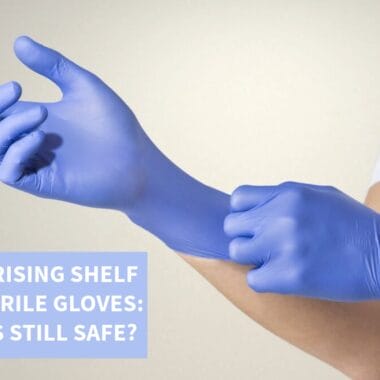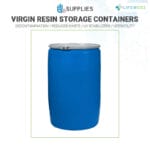What is Chemical Spill Containment?
Chemical spill containment refers to the process and equipment used to control, manage, and prevent the spread of hazardous chemicals when they are accidentally released in a work environment. The goal of chemical spill containment is to protect workers, the environment, and equipment from the harmful effects of chemicals, and to limit the contamination area to ensure proper cleanup. This process involves using barriers, absorbent materials, and specialized equipment to isolate the spill and prevent it from spreading into surrounding areas. Chemical spill containment is a critical practice in industries such as chemical manufacturing, laboratories, healthcare, and any environment where hazardous materials are used or stored.
Why is Chemical Spill Containment Important?
Chemical spill containment is vital for workplace safety and environmental protection. In the event of a chemical spill, hazardous substances can cause serious health risks to workers, including burns, respiratory issues, or poisoning. If chemicals are not properly contained, they can also contaminate the surrounding environment, including soil, water, and air, leading to more extensive damage and clean-up costs.
By implementing proper chemical spill containment procedures, businesses can minimize these risks, protect their workers, and reduce the impact of the spill. In addition to health and environmental concerns, containment is essential for compliance with safety regulations such as OSHA’s Hazardous Waste Operations and Emergency Response Standard (HAZWOPER) and the Environmental Protection Agency (EPA) guidelines. Failing to follow containment procedures can lead to legal penalties and reputational damage.
Key Components of Chemical Spill Containment
- Spill Kits: These kits include absorbent pads, socks, and booms that help soak up and contain spilled chemicals. They are designed for quick deployment during emergencies.
- Barriers and Dikes: Temporary barriers such as absorbent socks or inflatable dikes can be used to prevent the spread of liquids in case of a spill.
- Personal Protective Equipment (PPE): Workers must wear PPE such as gloves, goggles, and chemical-resistant suits to safely respond to a chemical spill without risking exposure.
- Secondary Containment Systems: These systems are used to contain leaks and spills from primary containers, such as drums or tanks, before a spill reaches the environment.
Applications of Chemical Spill Containment in the PPE Industry
In the PPE industry, chemical spill containment is critical for industries that deal with hazardous chemicals, such as chemical processing, laboratories, and healthcare. Workers in these industries rely on containment equipment to handle dangerous materials safely and mitigate the effects of a spill. Chemical spill containment systems are often included in PPE protocols to ensure quick response to accidents.
Conclusion
Chemical spill containment is an essential practice for maintaining a safe work environment and protecting both employees and the environment from the harmful effects of hazardous materials. By utilizing proper containment tools and procedures, businesses can minimize the risks associated with chemical spills, comply with safety regulations, and ensure the health and safety of their workers.
« Back to Glossary Index

















